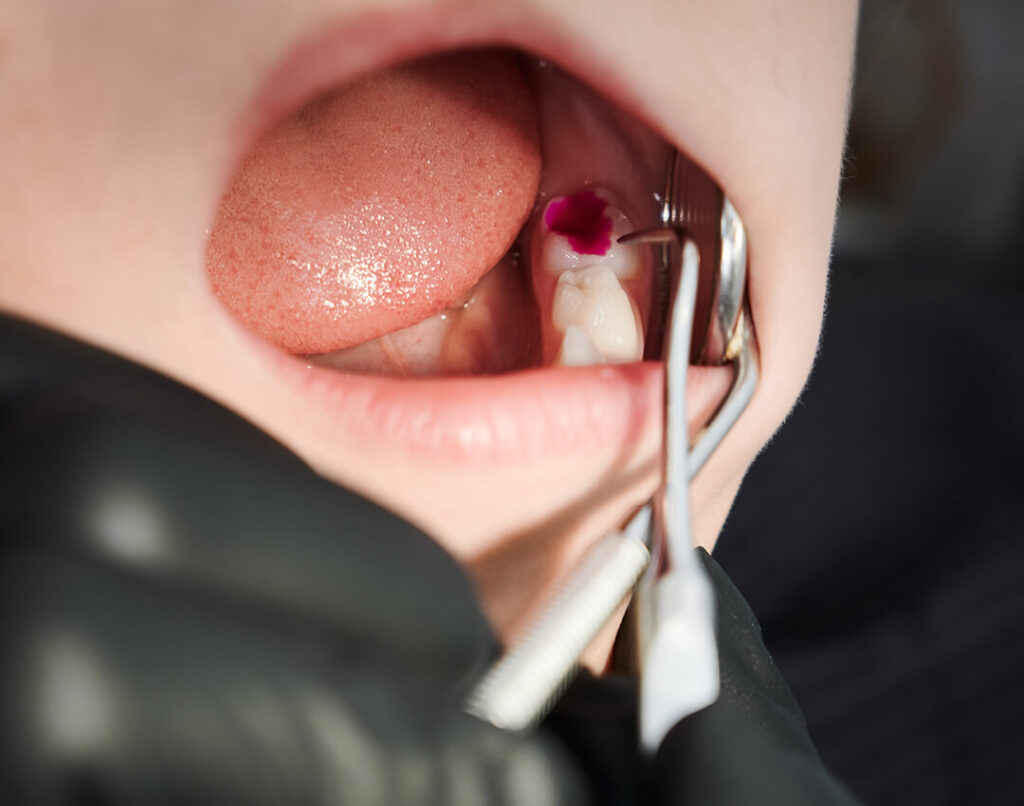- (718) 268 8228
- (718) 268 1281
- madisondentalny@gmail.com
- 112-03 Queens Boulevard, Suite 211, Forest Hills, NY 11375
Root Canal Endodontist
Forest Hill, Queens NY
DISCOVERING THE WORLD OF ROOT CANALS
At Madison Dental Art, we believe that understanding your dental health is crucial to making informed decisions about your care. While root canals remain a vital procedure in modern dentistry, other treatments like dental implants and canal therapy have become essential tools for restoring and maintaining oral health.
In this guide, we will explore the intricacies of canal therapy, signs that you may need it, and the step-by-step procedure involved.
DECIPHERING ENDODONTIC TREATMENT
To grasp endodontic treatment, it is essential to understand the anatomy of your tooth. Inside your tooth lies a soft tissue known as the pulp, which contains blood vessels, nerves, and connective tissue. During tooth development, this pulp plays a pivotal role in forming the surrounding hard tissues.
While the pulp is vital during tooth growth, fully matured teeth can thrive without it. Canal therapy becomes necessary when the pulp becomes inflamed or infected due to factors such as deep decay, repeated dental procedures, or trauma.
If left untreated, this condition can lead to pain or abscess formation, which may require advanced restorative solutions such as fillings crowns or dental implants.


SIGNS POINTING TO ENDODONTIC TREATMENT
Performed by a skilled endodontist, canal therapy follows a structured process to preserve the affected tooth:
- Diagnosis: An exam and X-rays are used to assess the issue, and local anesthesia is applied for comfort.
- Isolation: A protective dental dam keeps the tooth clean and saliva-free during the procedure.
- Access: The endodontist creates an opening in the tooth’s crown to access the pulp chamber and root canals.
- Cleaning and Shaping: Infected pulp is removed, and the space is prepared for filling.
- Filling: A biocompatible material, such as gutta-percha, fills the root canals, followed by a temporary filling.
- Restoration: The dentist places a final restoration, often using fillings crowns, to protect the tooth’s functionality.
THE MECHANISM OF ENDODONTIC TREATMENT
Performed by a skilled endodontist, canal therapy follows a structured process to preserve the affected tooth:
- Diagnosis: An exam and X-rays are used to assess the issue, and local anesthesia is applied for comfort.
- Isolation: A protective dental dam keeps the tooth clean and saliva-free during the procedure.
- Access: The endodontist creates an opening in the tooth’s crown to access the pulp chamber and root canals.
- Cleaning and Shaping: Infected pulp is removed, and the space is prepared for filling.
- Filling: A biocompatible material, such as gutta-percha, fills the root canals, followed by a temporary filling.
- Restoration: The dentist places a final restoration, often using fillings crowns, to protect the tooth’s functionality.


AFTER ENDODONTIC TREATMENT
Following canal therapy, your dentist may recommend further restorative procedures such as crown lengthening to enhance the tooth’s structure or stability. Proper care, including regular brushing, flossing, and routine check-ups, ensures the longevity of your treated tooth.
For cases where tooth preservation isn’t possible, dental implants may be a recommended alternative to restore function and aesthetics.
CARING FOR YOUR TREATED TOOTH
Caring for an endodontically treated tooth is simple: practice good oral hygiene and attend regular dental visits. Procedures such as root planing may also help maintain healthy gums and ensure long-term success.
In conclusion, endodontic treatment remains an effective solution for preserving natural teeth, while alternatives like dental implants provide excellent options for replacing missing teeth. If you suspect you may need canal therapy, don’t hesitate to reach out to Madison Dental Art. We are committed to providing top-tier care and ensuring your smile reflects confidence.

How to find a root canal endodontist in Forest Hills?
Looking for a skilled endodontist in Forest Hills, Queens NY? Madison Dental Art is your trusted provider for expert canal therapy and restorative care.
📍 Location: 112-03 Queens Boulevard, Suite 211, Forest Hills, NY 11375
📞 Contact us today to schedule your consultation and explore options like dental implants, fillings crowns, and more to restore your oral health.
Trustindex verifies that the original source of the review is Google. The Service is excellent. No waiting to be seen. Appointments are on target. The Staff give them all anA++. Try Madison Dental you just might like them. The best!!!Posted onTrustindex verifies that the original source of the review is Google. Not only is DDS Chao wonderful and patience but so is the entire staff. It's always a pleasant experience.Posted onTrustindex verifies that the original source of the review is Google. I love my dentist. They are caring, patient however I was disappointed in the no communication given regarding my procedure and extras. Otherwise I'm sure they deserve another chance since I've been going for so many yearsPosted onTrustindex verifies that the original source of the review is Google. Waiting area is modern and immaculate. Staff is very friendly. Most importantly Dr Chao is wonderful. He is gentle, kind, positive and very competent. He put me at ease and efficiently and effectively did the necessary exam and cleaning. I was very pleased with my first visitPosted onTrustindex verifies that the original source of the review is Google. Emergency Swollen gums visit. The infection was relieved promptly. Excellent service & friendly staff.Posted onTrustindex verifies that the original source of the review is Google. Best dentist, clean and gentle. I wouldn't trust anyone else.Posted onTrustindex verifies that the original source of the review is Google. Dr. Zheng does great quality work. Good attention to patient needs. The facilities are clean and orderly.Posted onTrustindex verifies that the original source of the review is Google. I can’t say enough about Madison Dental Art. Dr.Chao is the best dentist I have gone to by far. He’s very patient and understanding when it comes to my fear of the dentist. He’s very gentle and never rushes a procedure. He tells me what he’s doing before doing anything. The front staff is very welcoming and friendly they make you feel like they know you forever. They also send you reminders about your up coming appointments. I wouldn’t go any place else!